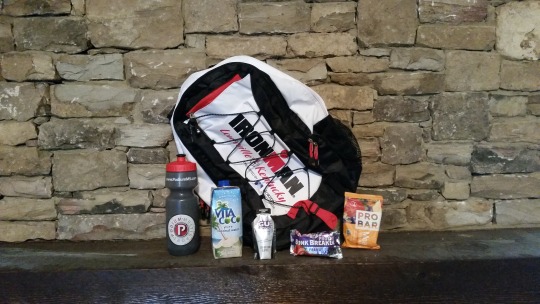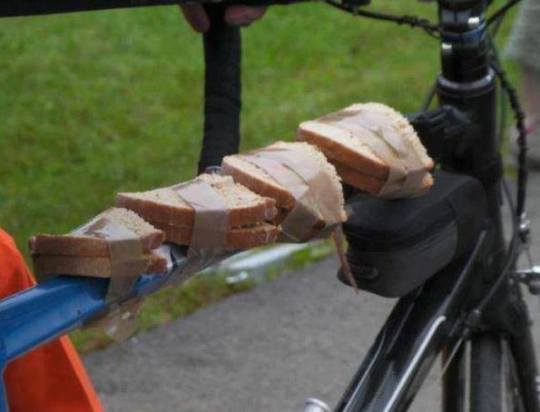By Jason Fadely
Two Ironman Tris, two sets of goals unachieved, both resulting from different nutritional problems which lead to way too much walking in the marathon.
Ironman Florida 2013: the day was going as planned and then it all fell apart around mile four in the marathon. My gut was telling me that it needed some sort of release, either vomiting or diarrhea, I couldn’t tell which. So I did the run/walk routine, with more of a focus on walking, until about mile 18. At this point I had enough and decided I wanted to get the day over with, and I also felt well enough, so I ran out the remaining miles (much to Greg’s dismay).
Ironman Louisville 2014, just days before I had the bright idea to add a soft tortilla shell to my bike special needs bag (never did this while training) with the thought that it would help me avoid the same stomach problems I had during Ironman Florida. But that didn’t work out, it never crossed my mind that it would be that difficult to get that dry tortilla down my gullet. It probably took me about seven or eight miles to finally swallow it. And then for whatever reason, I decided not to eat anything the rest of the bike and didn’t drink near enough either. By the time I finished the bike portion of the race, I was very dehydrated and well under nourished, so much that I needed a volunteer to lay my bike down for me just so I could step over it without pulling a muscle. I ended up with a seven hour marathon full of cramping,
dizziness, chills, hand numbness, and the threat of vomiting and diarrhea.
I know everybody has heard these tips before and many times over, but I’m going to put them out there again (more for myself as much as anybody).
- Calorie intake. As much as I wish it could be avoided, calorie intake is unavoidable during an Ironman event. Most Ironman participants will burn 8,000 to 10,000 calories during a race. Fueling should consist of 180 to 360 calories per hour with a combination of liquid and solid foods.
- Practice your race nutrition before race day. This falls into the “Don’t try anything new on race day” category. Without practicing the amount of caloric intake, type of caloric intake, or the frequency of caloric intake prior to a race, you’ll never know how your body will react to your race day nutrition while under stress.
- Stick to the nutrition plan until forced from it. No last minute changes such as my Ironman Louisville experience. To do so may have drastic results Have a Plan B and C…and even a D. Many situations may come about during an Ironman that could cause a deviation in the nutrition plan.
- Plan B: Train with the nutrition that is provided on the race course. This tip is beneficial in cases where nutrition is lost or dropped; you can utilize the nutrition on the course without the need to completely change your nutrition plan.
- Don’t overeat. I’ve witnessed this mistake more than once where the participants run up to the buffet (aid station) and chow down. Then you see them later, on the side of the road, doubled over and vomiting.
Hopefully I’ll read this and put it to use during Ironman Chattanooga this September, and then I can finally put a full Ironman together that I can be proud of and meet my own personal goals.

Eat like a champ…

… train your gut to handle your race nutrition choices.


 SWIM
SWIM
 BIKES
BIKES
 APPAREL
APPAREL
 NUTRITION
NUTRITION
 COMPONENTS
COMPONENTS
 ACCESSORIES
ACCESSORIES
 Podium Multisports Blog
Podium Multisports Blog









